A Brief History of Slasher Movies
What are the origins of the slasher movie? How did it become such an influential part of horror cinema? Here is a brief look at the formation and evolution of slasher movies through the decades.
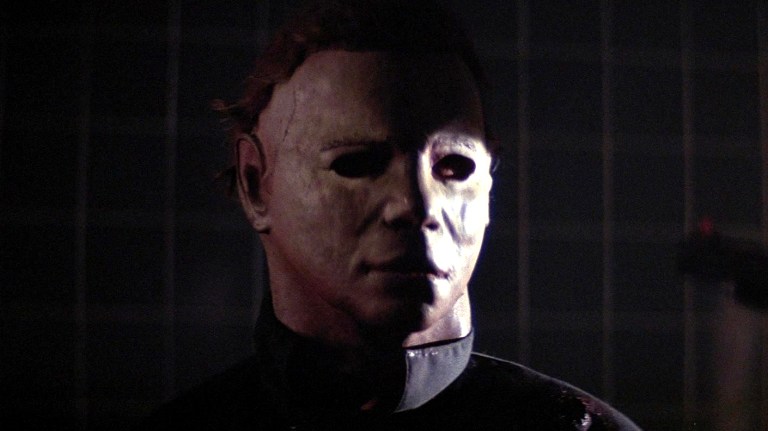
The slasher film is a style of movie that became a staple of the horror genre thanks to its widespread popularity which peaked in the 1980s. The origins of the slasher movie go back decades though.
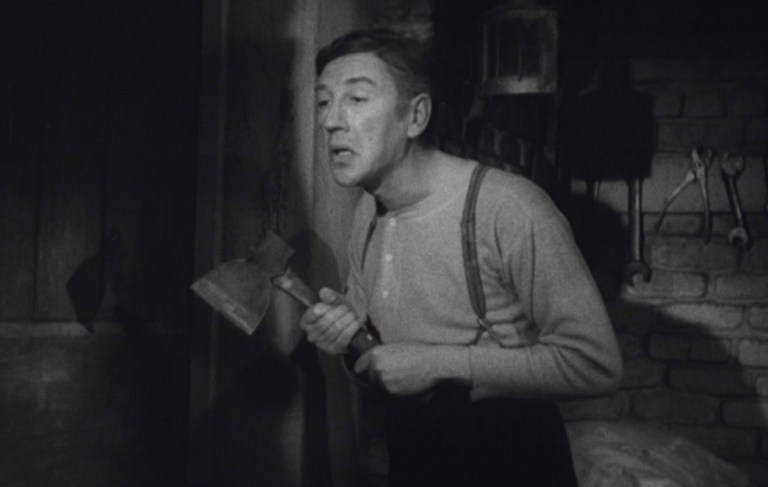
The earliest direct ancestors of the slasher film are the serial killer and murder mystery movies of the 1930s and 1940s. A prime example is Night of Terror (1933) which begins with a creepy killer stabbing a young couple to death while they are making out in their car. Other examples include The Leopard Man (1943) and The Lodger (1944), both of which feature violent killers. Though the emphasis of both of these movies is more on the investigation than the killings, there are tense confrontations between killer and victim in both films.
The sci-fi and monster movies of the 1950s put the formation of the slasher movie on hold for a while, but in 1960 two films were released that directly impacted the slasher genre’s development. The first-person perspective and voyeuristic tone of Peeping Tom (1960) is directly linked to the later slasher film cycle. Also in 1960, Alfred Hitchcock’s Psycho terrified audiences with a mentally deranged killer and one of the most intricately constructed murder scenes of all time. Though the violence in Psycho is more implied than explicit, the perception of violence led to a dramatic increase in what would be shown in mainstream movies.

Herschell Gordon Lewis released what is considered to be the first splatter movie, Blood Feast in 1963. Meanwhile, Italian filmmakers were also getting into lurid movies about murder with giallo films beginning with classics such as Mario Bava’s The Girl Who Knew Too Much (1963) and Blood and Black Lace (1964). Giallo movies are inspired by crime novels, and they focus on stylized murder that got more and more violent as the years went by. The violence and gore of American splatter movies and Italian giallo films would play a strong role in the development of slashers.
1974 was another landmark year. Tobe Hooper’s The Texas Chain Saw Massacre (1974) introduced audiences to a memorable masked killer and a decent body count, but the focus of the movie makes it more of a proto-slasher than the first true slasher movie. The first movie to really bring every element of the slasher together in a recognizable way is Bob Clark’s Black Christmas (1974). Clark’s holiday shocker wasn’t a huge success in the United States, but it did help inspire John Carpenter’s Halloween (1978), a slasher that captured the attention of the world.
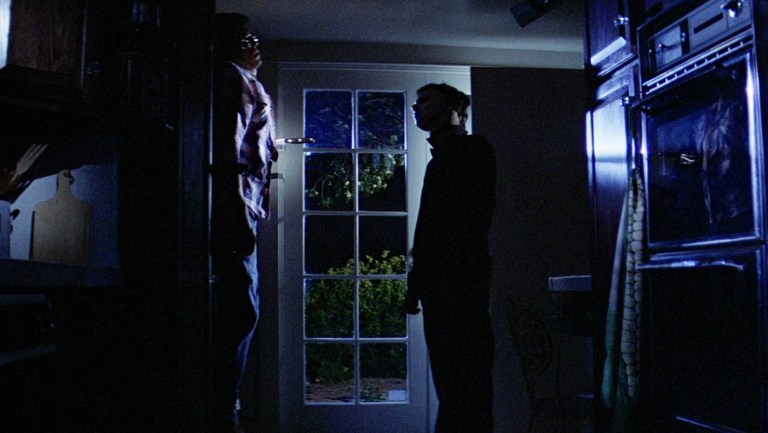
Because of its success, Halloween (1978) is the movie that really established the slasher genre. Major studios became interested in the money-making opportunity since slashers can be made relatively cheaply and, at the time, could make gigantic financial returns. That drive to capitalize on the trend led to Friday the 13th (1980), and between Halloween and Friday the 13th, the slasher movie became practically synonymous with North American horror over the next few years.
Slasher movies were hitting theater screens with regularity in the early 1980s, but by 1984 slasher fatigue was setting in with mainstream audiences. Wes Craven’s A Nightmare on Elm Street (1984) gave the genre a boost, but even that couldn’t keep people’s interest in the lesser-known slasher flicks. More and more, slasher movies were finding bigger audiences on home video. There were still notable slasher films coming out in theaters, but these were mostly from the major franchises of Halloween, Friday the 13th, and A Nightmare on Elm Street. The real fun tended to be in the increasingly weird and trashy slashers being released with regularity on VHS.
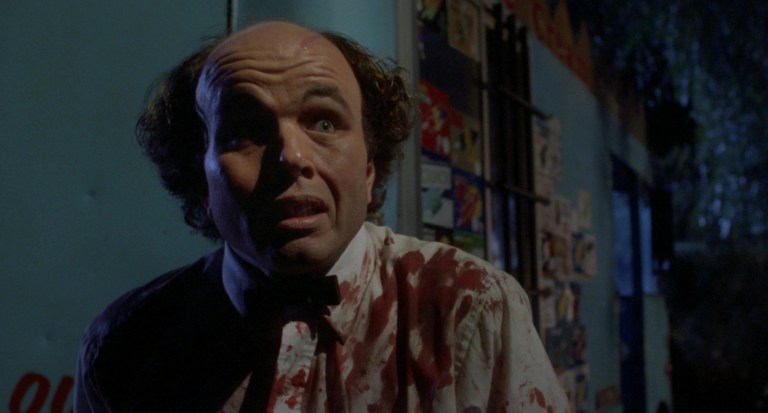
The late 1980s also signaled a shift in slasher villains. A Nightmare on Elm Street 3: Dream Warriors (1987) brought Freddy Krueger’s comedic personality to the forefront, and that contributed to a trend of goofy slasher villains that continued into the 1990s. Behind Freddy, Chucky from Child’s Play (1989) is the most prominent of these personality-driven killers. Chucky then led to gimmicky slashers like Dr. Giggles (1992), Leprechaun (1993), Ice Cream Man (1995), The Dentist (1996), and so on. By the mid-1990s, the slasher movie had run itself into the ground.
Then, in 1996, Wes Craven once again reinvented the slasher movie (with the help of writer Kevin Williamson). Scream (1996) changed slasher movies forever, and it ushered in a new era for teen horror. I Know What You Did Last Summer (1997) and Urban Legend (1998) were two of the earliest movies in this cycle of teen horror that lasted into the early 2000s. The renewed mainstream interest in horror, as well as the self-aware nature of a lot of these movies, led to an era in the 2000s that moved way beyond just referencing classic slasher movies. Now they would simply make the classics again.

The 2000s began a trend of remaking and rebooting an enormous amount of slasher and slasher-related movies. The Texas Chainsaw Massacre (2003), Black Christmas (2006), Halloween (2007), and My Bloody Valentine (2009) are just a few of the remakes that dominated mainstream horror during this time. Thankfully, as every big title got used up, more original slasher movies started emerging in the 2010s.
Many of the more modern slasher-adjacent films blend slasher elements with other types of movies. Happy Death Day (2017) uses familiar slasher tropes in a time-travel comedy format. The Final Girls (2015) takes the idea of a self-aware slasher movie to its extremes. Freaky (2020) blends a slasher with a body-swap narrative. Of course true slashers like Terrifier (2016) and Hell Fest (2018) coexisted during this time, but the slasher movie definitely entered a post-modern era in the 2010s. It also entered an era of nostalgic sequels (aka legacy sequel, aka requel) with movies like Halloween (2018), Scream (2022), and Texas Chainsaw Massacre (2022).
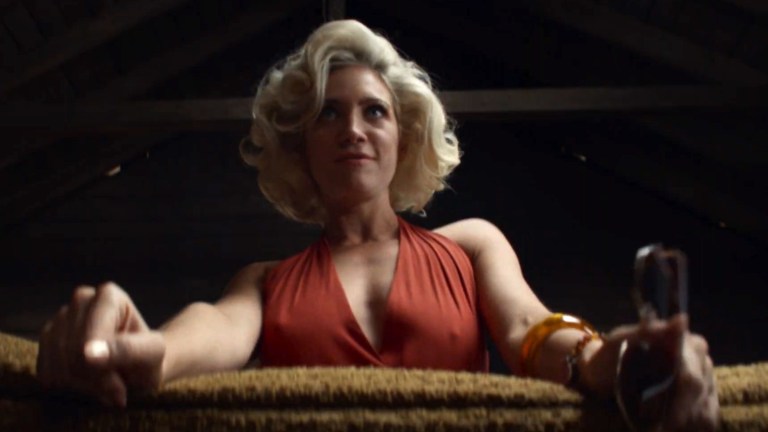
Basic stalk-and-kill slasher movies will likely never go away. Even with all of the changes that occurred with the more visible horror movies over the decades, the slasher movie in its purest form has always remained a popular form of low-budget horror movie. From the days of VHS to modern online streaming, a steady supply of slasher movies has continued to reach horror fans ever since the early 1980s. For people who love this kind of movie, there are few things better than a formulaic slasher flick with a decent amount of blood and some fun, inventive kills. It’s these simple pleasures that keep us coming back for more, and the slasher movie formula is about as simple and satisfying as it gets.
Frequently Asked Questions
The following questions were gathered from a few of the top questions Goggled by users. The answers are not from Google though. The answers are our own.
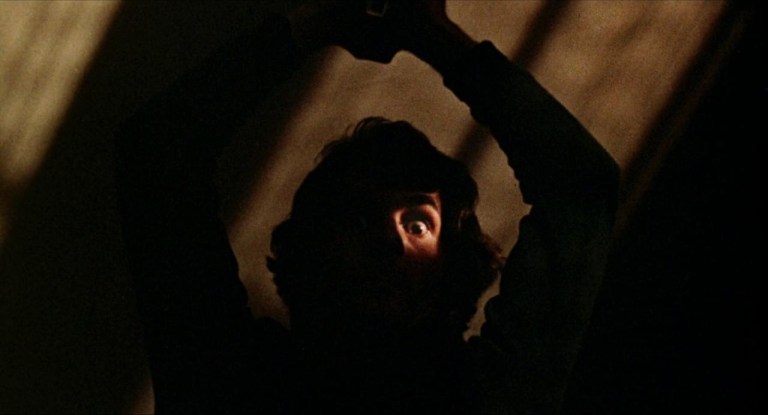
Who was the first slasher?
Just to be thorough, other contenders for “first slasher” include Michael Myers (the slasher who popularized the genre in 1978), Leatherface (if you consider 1974’s The Texas Chain Saw Massacre a true slasher movie), and Franz from Torso (1973), though many people consider Torso a giallo rather than a slasher.

Who is the most terrifying slasher?

Who is the most brutal slasher?
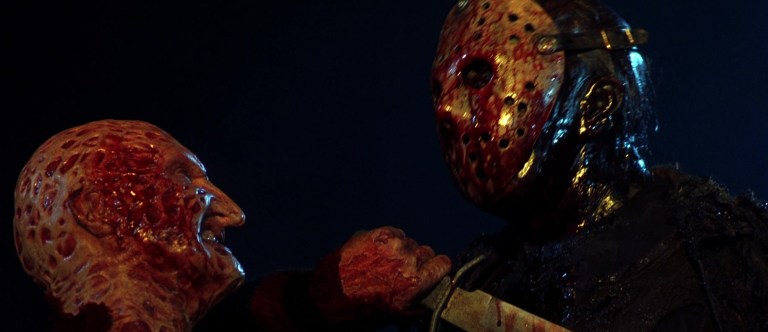
Who is the strongest slasher killer?
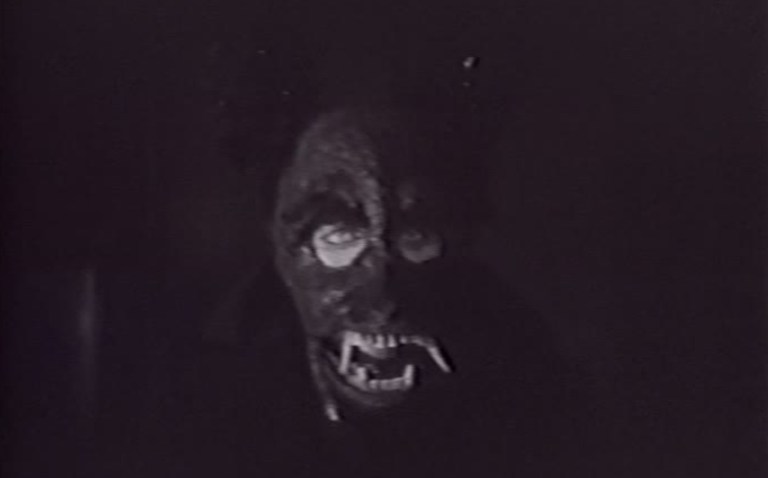
What was the first masked killer movie?
Further Reading
- Best Slasher Movies of All Time
- The Best/Bloodiest Slasher Movies From the 80s
- Funny Slasher Movies
- Fear Street: Prom Queen is a Solidly Entertaining Slasher that Doesn’t Stray Far from Conventionality: A Review
- Heart Eyes Review: A Romantic Comedy Slasher That Works Fine in 2 Out of 3 of Its Genres
